
Know Before You Go
Tips From the Pros
Trying a new sport or visiting a new ski area can be daunting. In the videos below, Halley, Eric and Chris share simple tips about skiing and riding while teaching you what to expect before you, your children, or friends ski or snowboard for the first time. Take a look!
Ski Area Safety: Know the Code
Staying safe is the first step to having a day worth repeating. Read Your Responsibility Code to ensure that you and your loved ones can enjoy skiing, snowboarding and mountain biking for years to come.
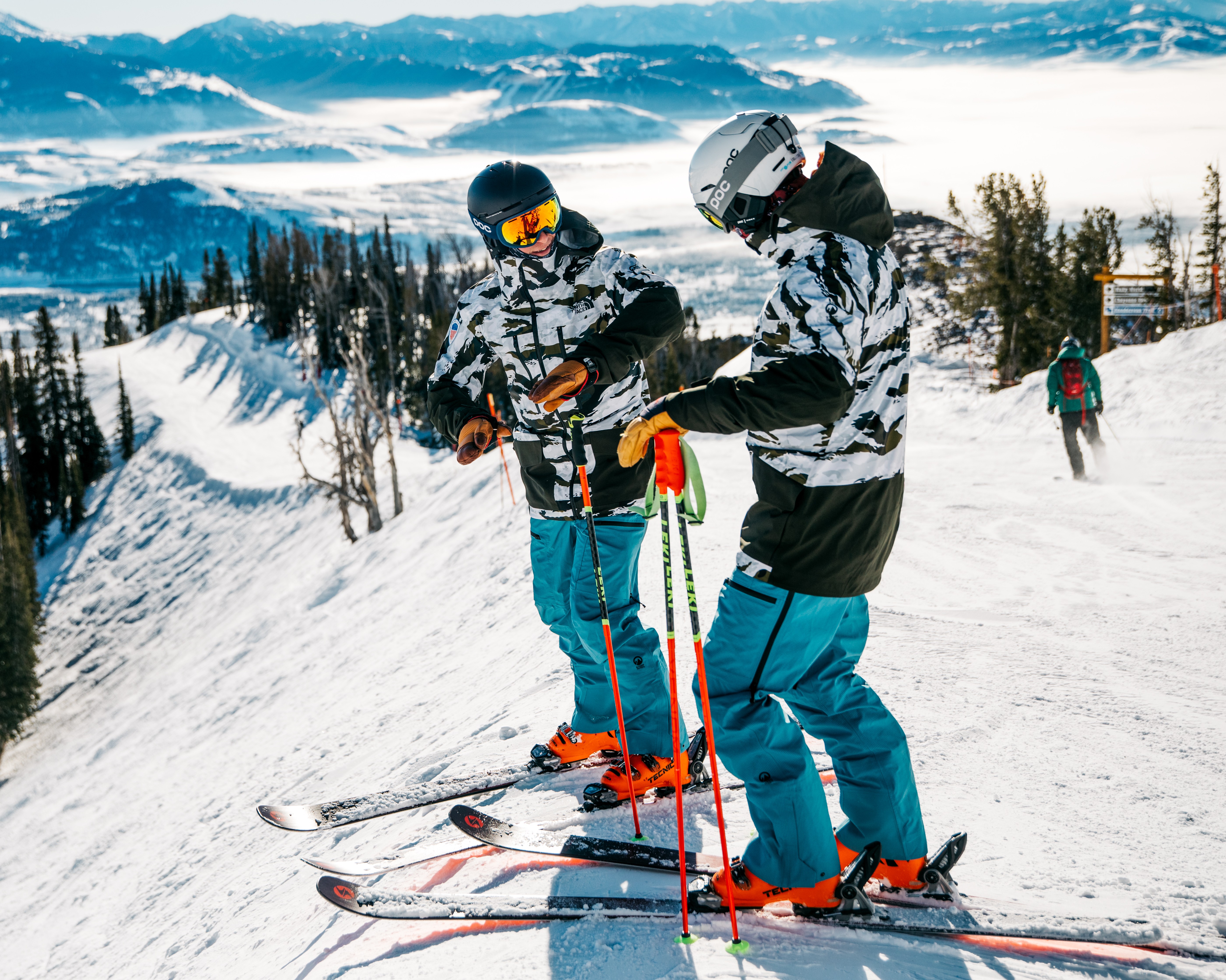
How to Ski or Snowboard: A Beginner’s Guide
Learn the Lingo for Mountain Safety
The Brave Ski Mom blog compiled a list of terms to help you navigate the slopes. Check out her website for more tips on how to discover snow with your family.
Get More Expert Advice
There are lots of ski and snowboard shops on and off mountain that offer gear to rent or purchase. Contact the ski area you intend to visit or your local shop for more information.
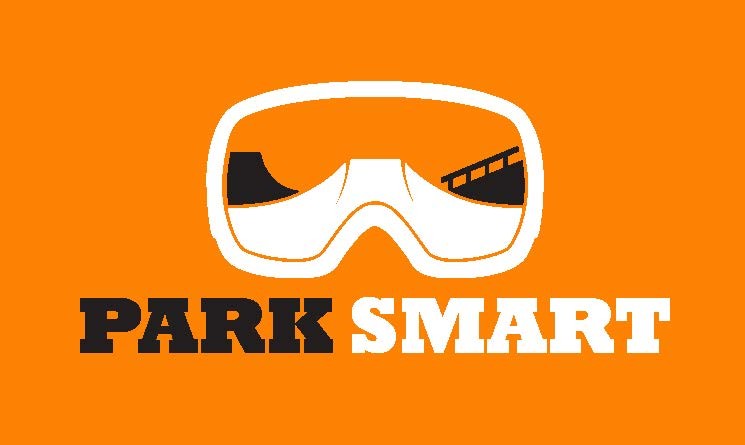
Park SMART Program
Improve your skills and safety awareness in terrain parks with the Park SMART program. Learn the five key points to stay safe and enjoy your time on freestyle terrain.
Trail Signage
The colored symbols next to the trails are the keys to enjoying your first few days on the slopes. Their shape and color indicate the difficulty of the trail. When you arrive at a ski area, you can find paper trail maps at the lift ticket window or maps of the area on signs arouund the area. Both usually use these symbols to indicate trail difficulty.

Green Circle: Easier
Blue Square: More Difficult
Black Diamond: Most Difficult
Double-Black Diamond: Most Difficult, use extra caution
Orange Oval: Freestyle Terrain
The same trail symbols are used at every resort in the country, but as Albert Einstein must have said, “It’s all relative.”
A Green Circle trail at Jackson Hole, WY, might be as tough as a Blue Square at Sunlight, CO. Not a big deal. The trail ratings are consistent within each resort. So all the “Greens” at a ski area will be about the same difficulty, as will the “Blues” and the “Blacks.”
Before you ride a lift during your first few days, make sure you can handle the trails at the top. Some skiers think they can improve by skiing tough terrain when their skills aren’t up to that level, but that’s a good way to get hurt. Instead, take a lesson. Check your trail map and make sure the trail symbols off of that lift fit your ability. If you have any questions or need directions, go talk to a lift attendant or anyone in a resort uniform. “What’s the easiest way down?” “Where’s the closest groomed trail?” They want you to have fun nearly as much as you do.



What to Wear When Skiing or Snowboarding
Not sure what to wear for your first day on the slopes? We can help!
There's so much gear out there that it can be difficult to decide what to buy, and it's also tempting to layer on as much as possible to protect against the cold! Here are some of the most common items you'll need in order to have a great day out there.
Remember: Comfort and utility are key. Make sure you can easily move your arms and legs, and that you're prepared for the forecast (e.g., wearing a waterproof shell if rain or snow are predicted).
Your Clothing
Your clothing is the key to a comfortable day on the slopes. Below are three key clothing layers to help keep you warm, dry and smiling.
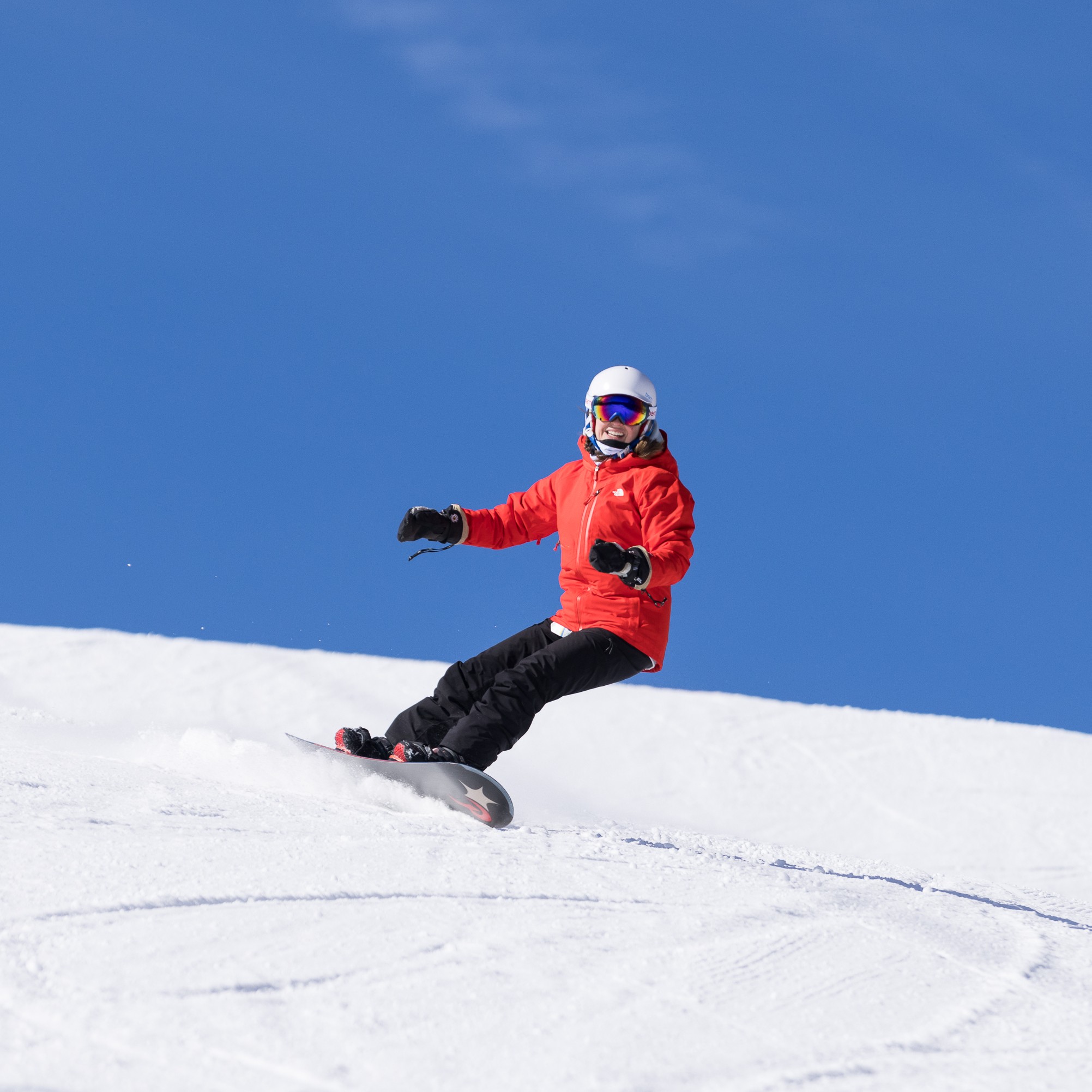
Base layers
These are the first layers that touch your skin. They're responsible for keeping your body at a comfortable temperature. We recommend wearing synthetic fabrics because they are better at wicking away sweat and keeping in heat. Overall, these should feel good and fit relatively close to the body.
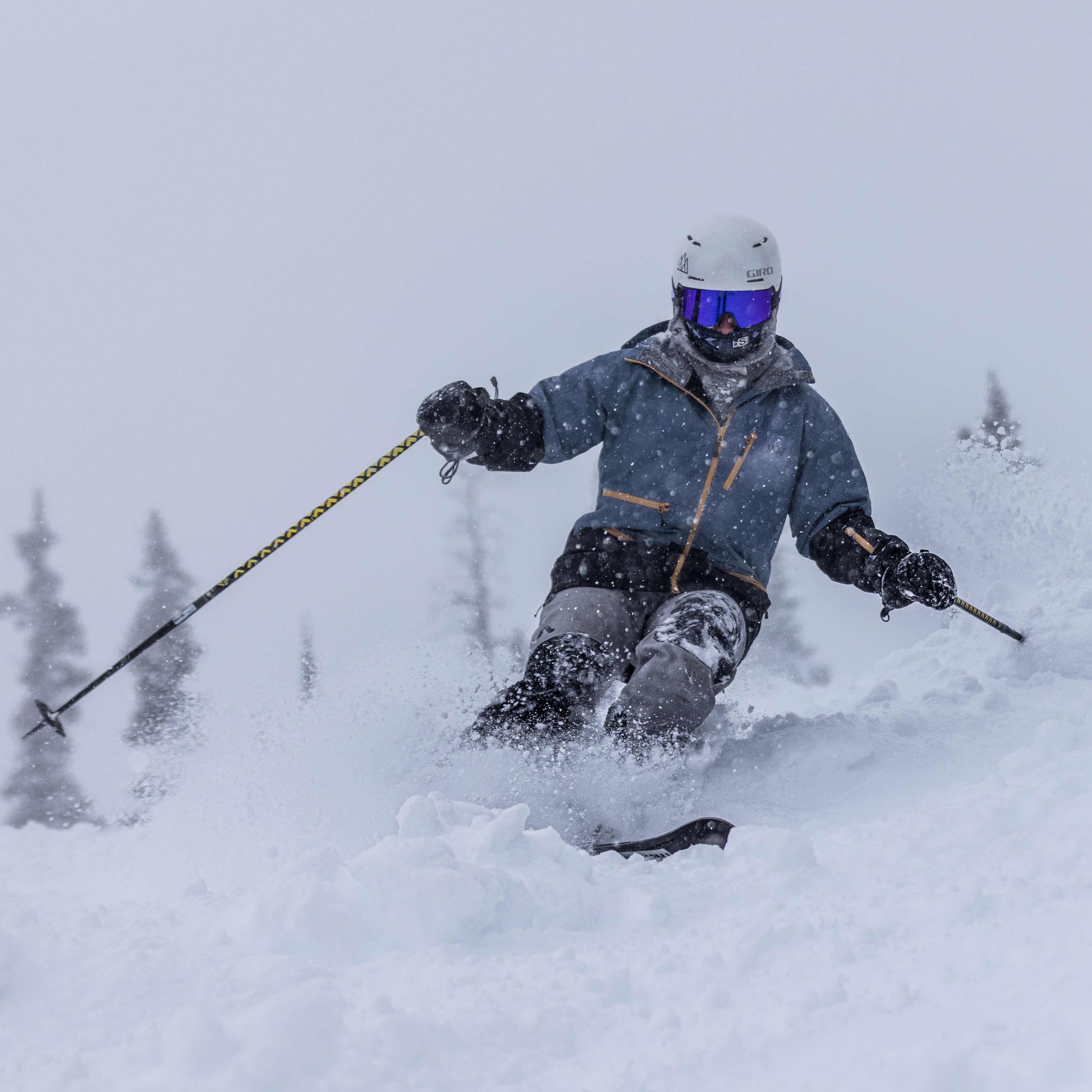
Mid layers
These layers can be added or removed depending on how warm or cold it is outside. These should fit comfortably between your base layer and outer layer and shouldn't restrict your movement. If you feel like Ralphie's younger brother in “A Christmas Story,” (can’t put your arms down) your mid layers are too bulky.
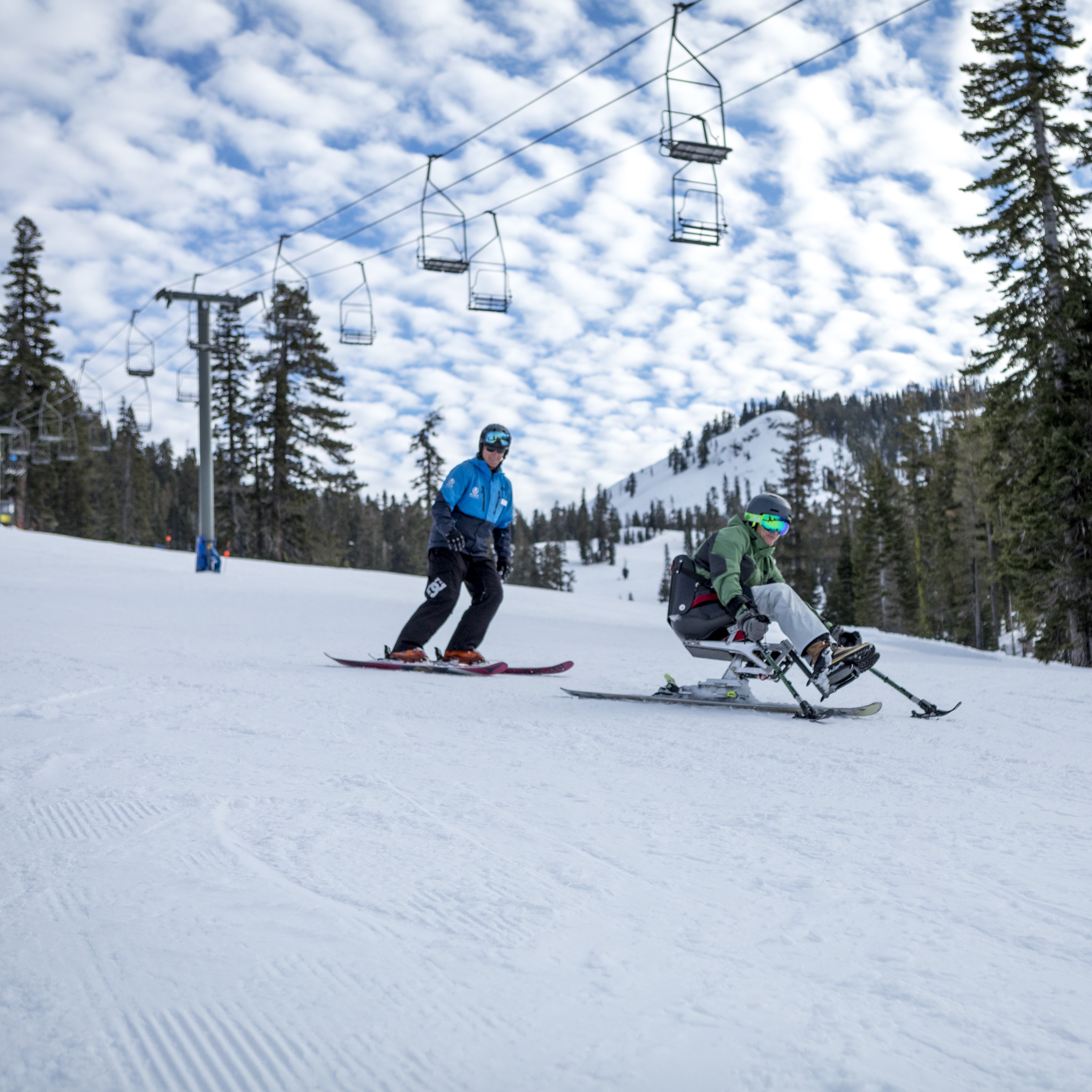
Outer layer
Your outerwear is key to keeping you warm and dry. We recommend a waterproof or water resistant jacket and pants. They can be insulated or just a shell — it's all up to your personal preference.
Other Important Skiing and Riding Gear
If it's your first time on the slopes, it might seem like overkill to load up on all of these accessories. But don't worry, many ski areas have these items for rent. You can also borrow from friends and family or check your local sporting goods shop for deals.
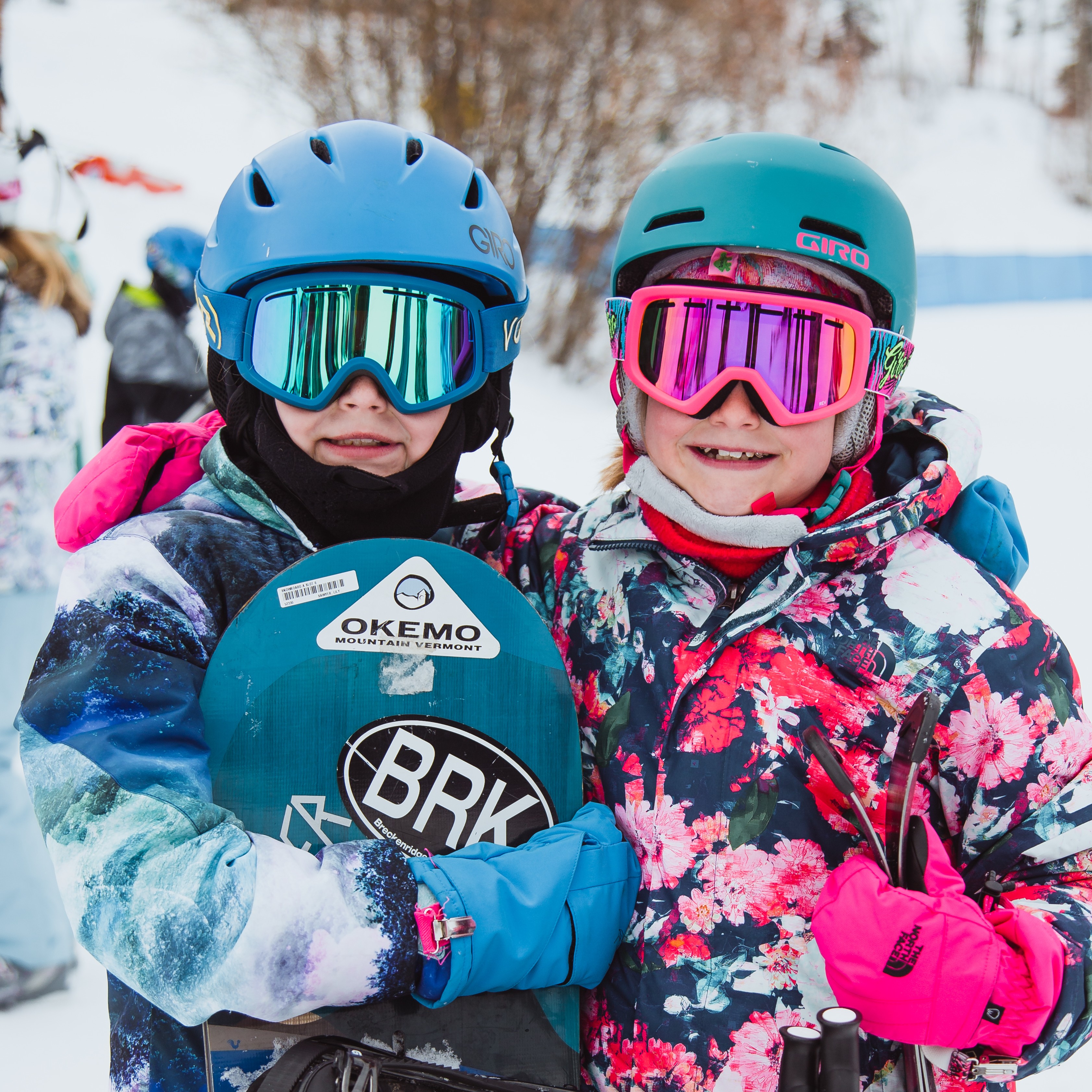
Helmets
We recommend everyone wear a helmet, but ski or ride as if you’re not. Keep in mind: Helmets will not prevent fatalities or serious head injuries, but they are most effective at preventing injuries at slower speeds. Make sure your helmet is properly fitted and your chin strap is fastened. Most ski areas rent helmets to the public.
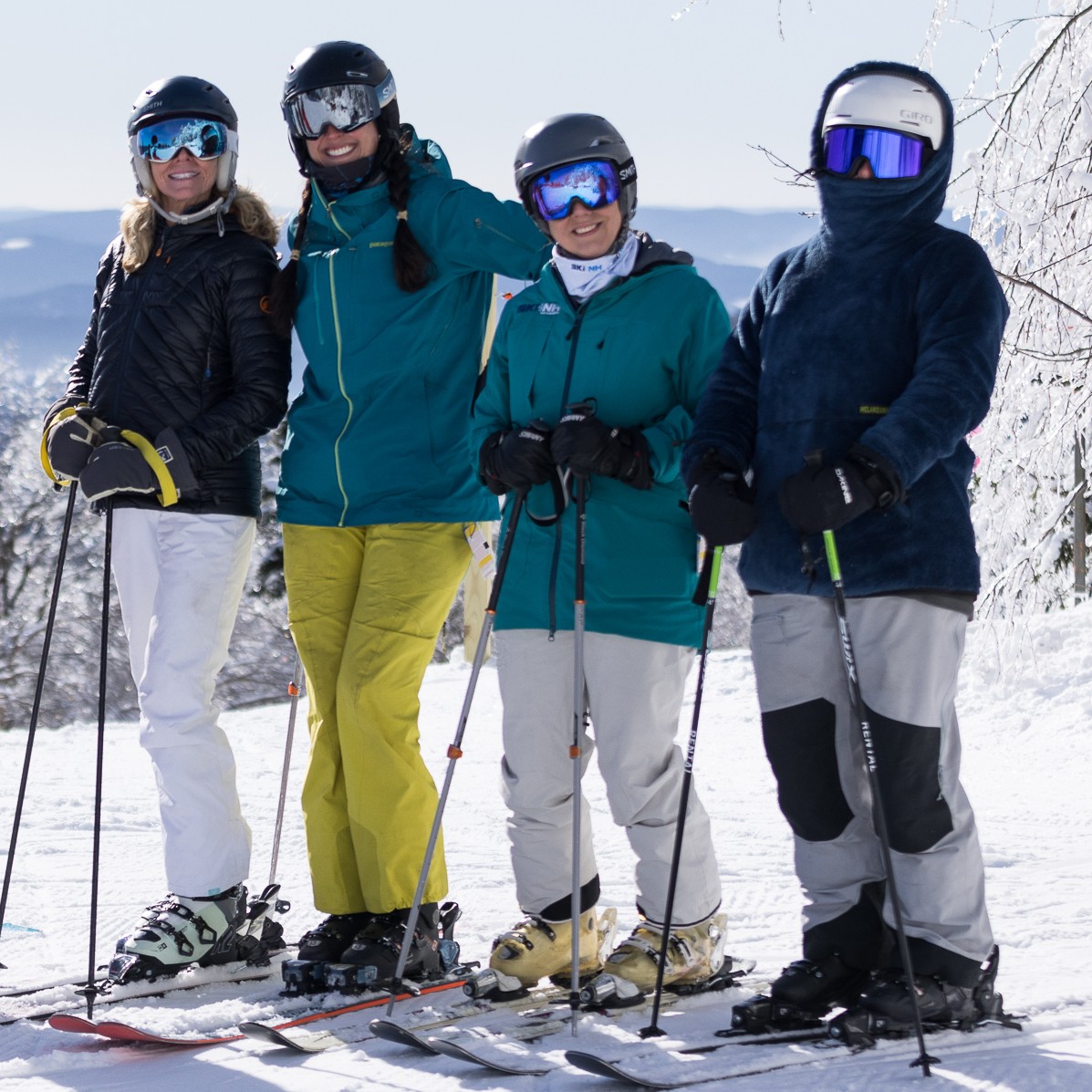
Eyewear
Ski goggles are important not only to protect your eyesight, but also to make sure you can see in any condition. If you're just starting out, we recommend finding a pair of goggles with mid-light lenses. That way, you can see in both sunny and cloudy conditions.
Bright sun reflects off the snow and other surfaces, and you don't want to risk damage to your eyes. Wear a pair of sunglasses or goggles that filter out harmful UV rays.
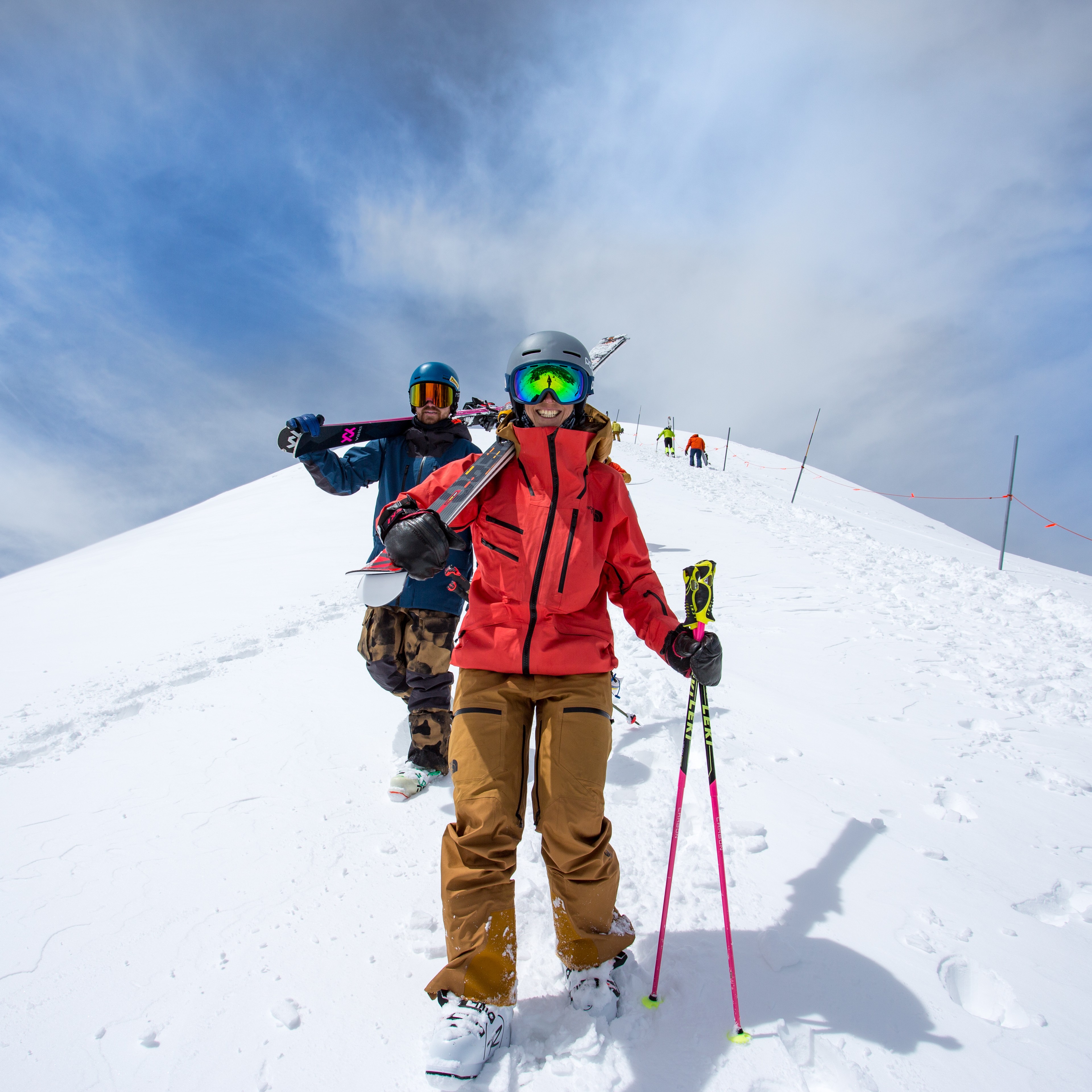
Sunscreen
You've probably seen a lot of skiers and riders rocking goggle tans. Those are cool, but protecting your skin is even cooler. Always wear sunscreen on the mountain. Many ski areas will have sunscreen available in their ticket offices and in their retail shops, either free of charge or for purchase.
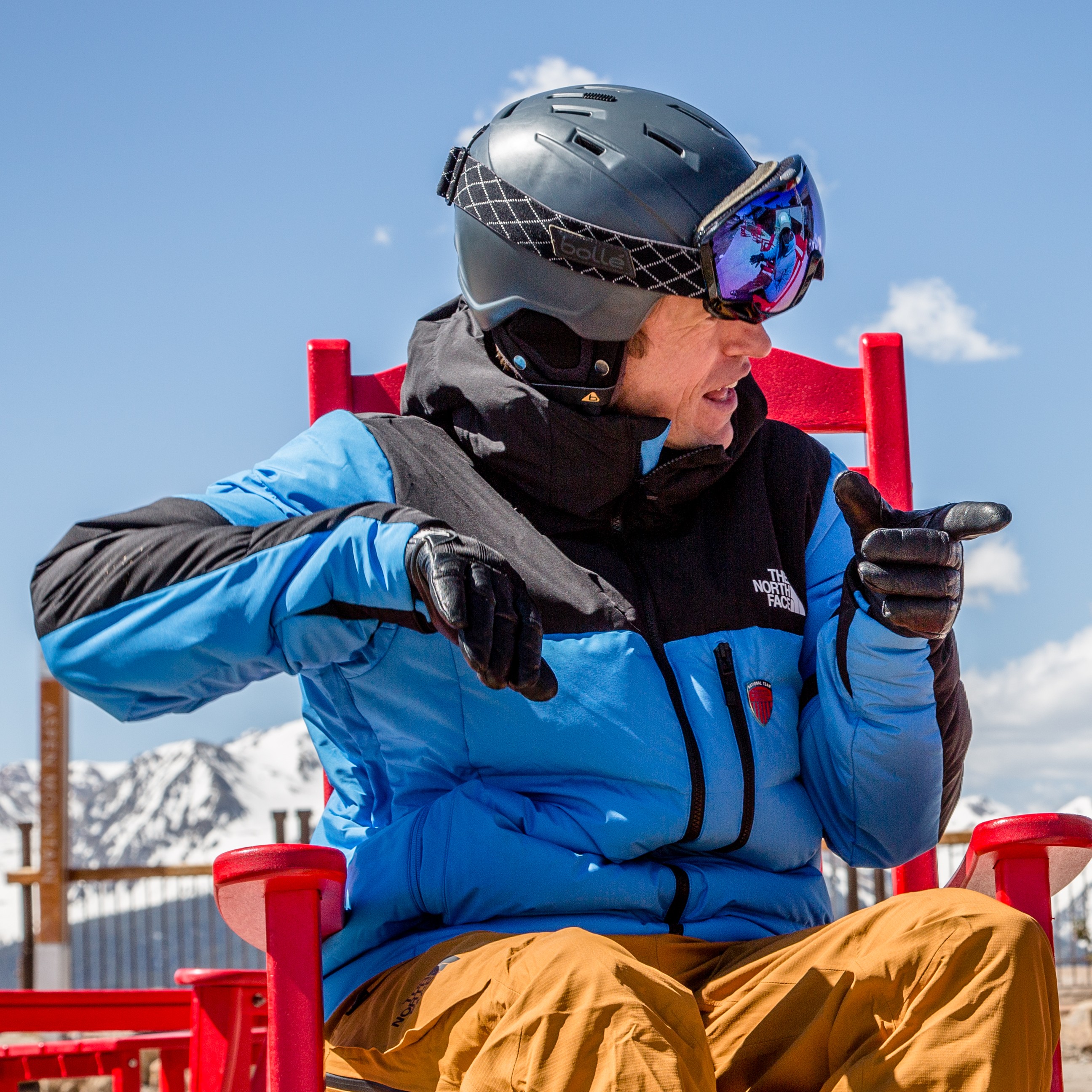
Gloves and Mittens
Warm, weather-proof gloves are key to having a great day on snow. The best materials are insulated, water-resistant leather or a synthetic alternative; cotton or wool gloves won't protect your hands from wind and moisture.
Gloves are better for dexterity (if you need to adjust your ski boots or snowboard bindings), but mittens tend to keep your hands warmer. If you want the best of both worlds, you can layer glove liners under your mittens.
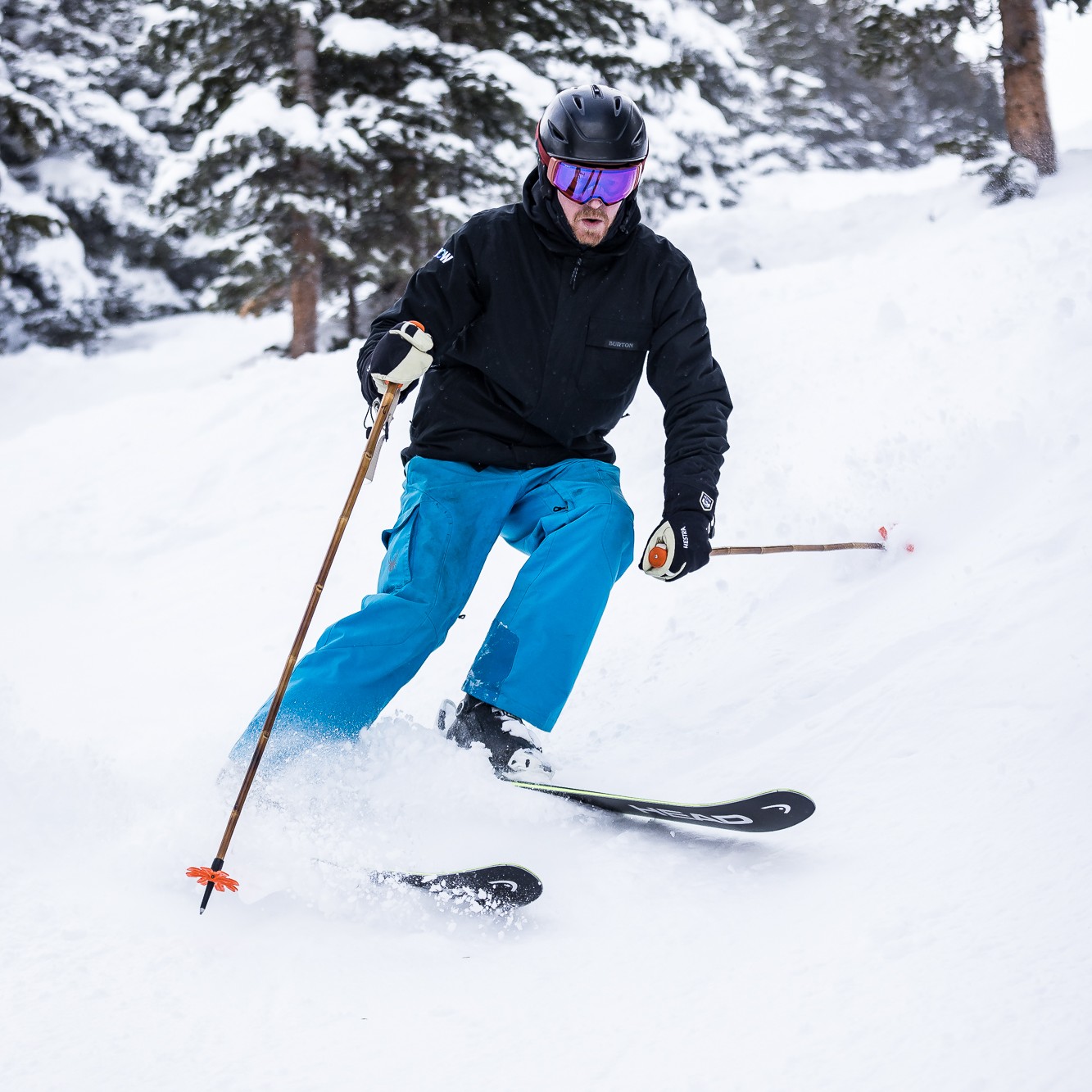
Socks
Only wear one pair! Today's synthetic, insulated socks work (and fit) best in ski and snowboard boots if you only wear one pair. And, believe it or not, the thin ones function just as well as the really thick kind. Regardless of which you choose, make sure they feel comfortable in your boots and don't bunch up.



Walking Around Safely at Ski Areas
When you arrive at a ski area parking lot, you should anticipate winter conditions, including: snow, rain, ice, sleet and generally slick, and often in low visibility conditions. Give yourself additional time and walk with extreme care, keeping your nose over your toes and your hands out of your pockets for balance. Do not carry too much equipment, and wear suitable winter footwear with traction.
Sledding and Snow Tubing
Ski areas typically prohibit sleds and sledding on the trails and around the base area, but many offer designated snow play areas or snow tubing operations in or near the base area. Check with your ski area about snow tubing options.